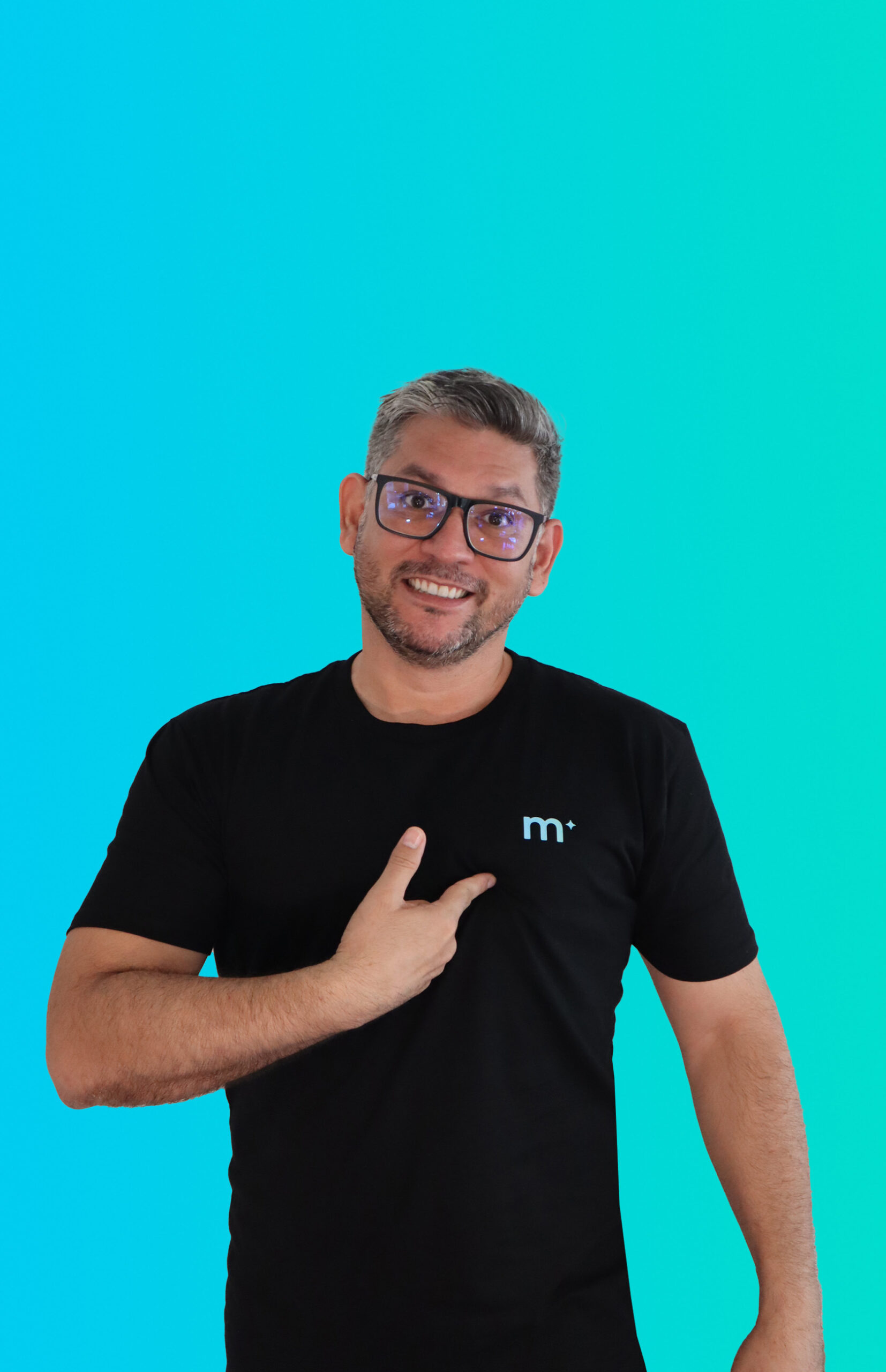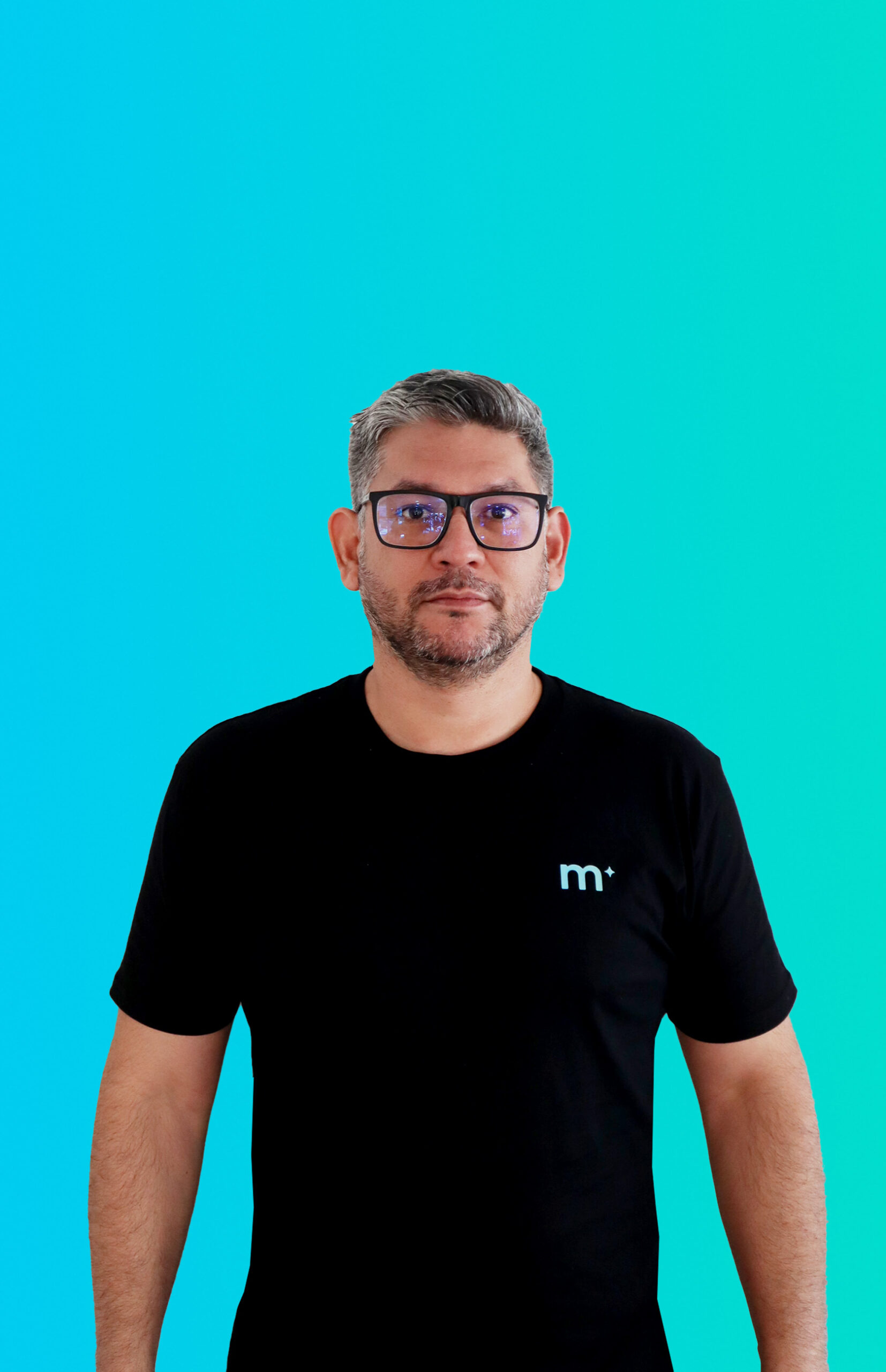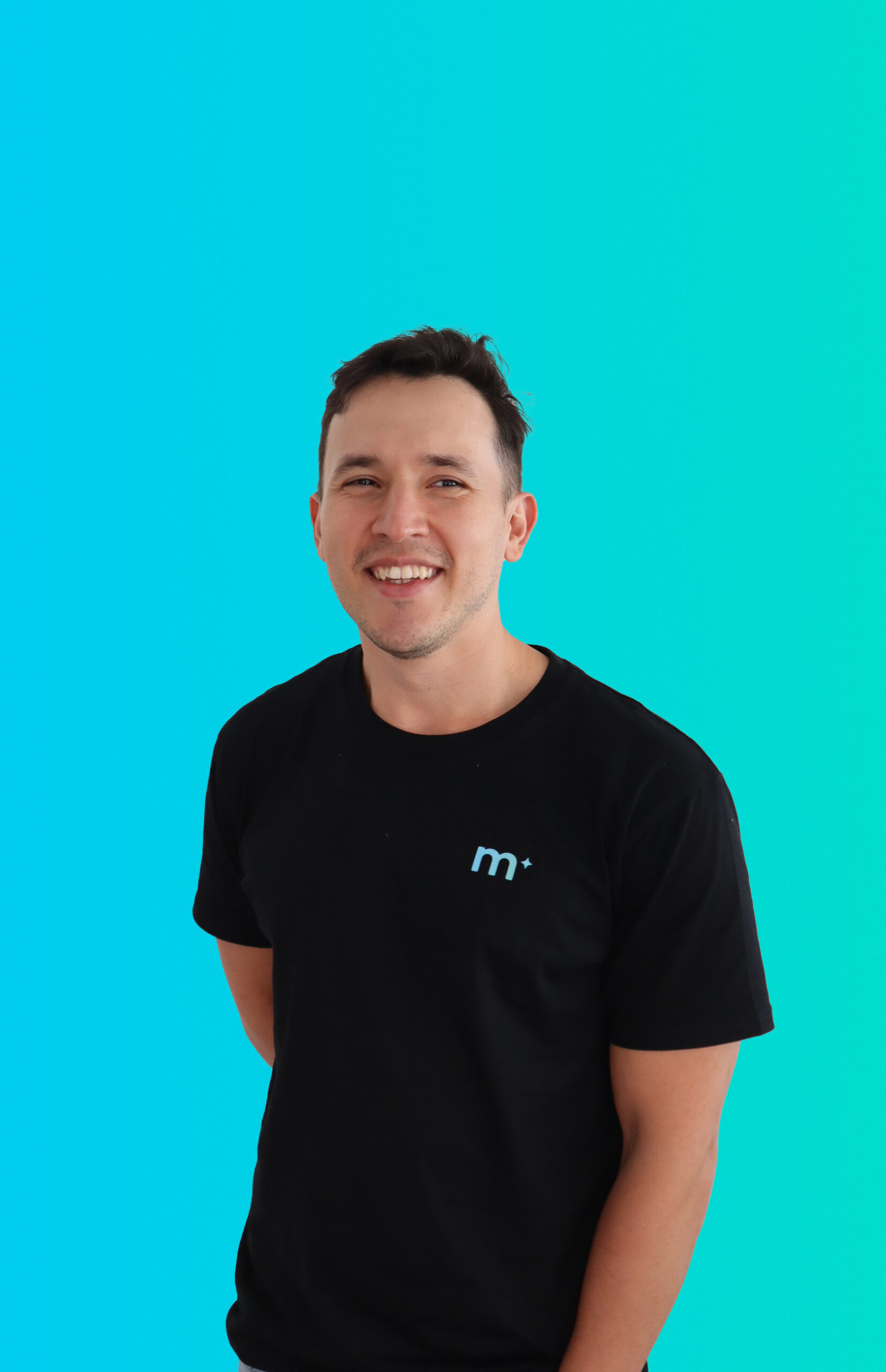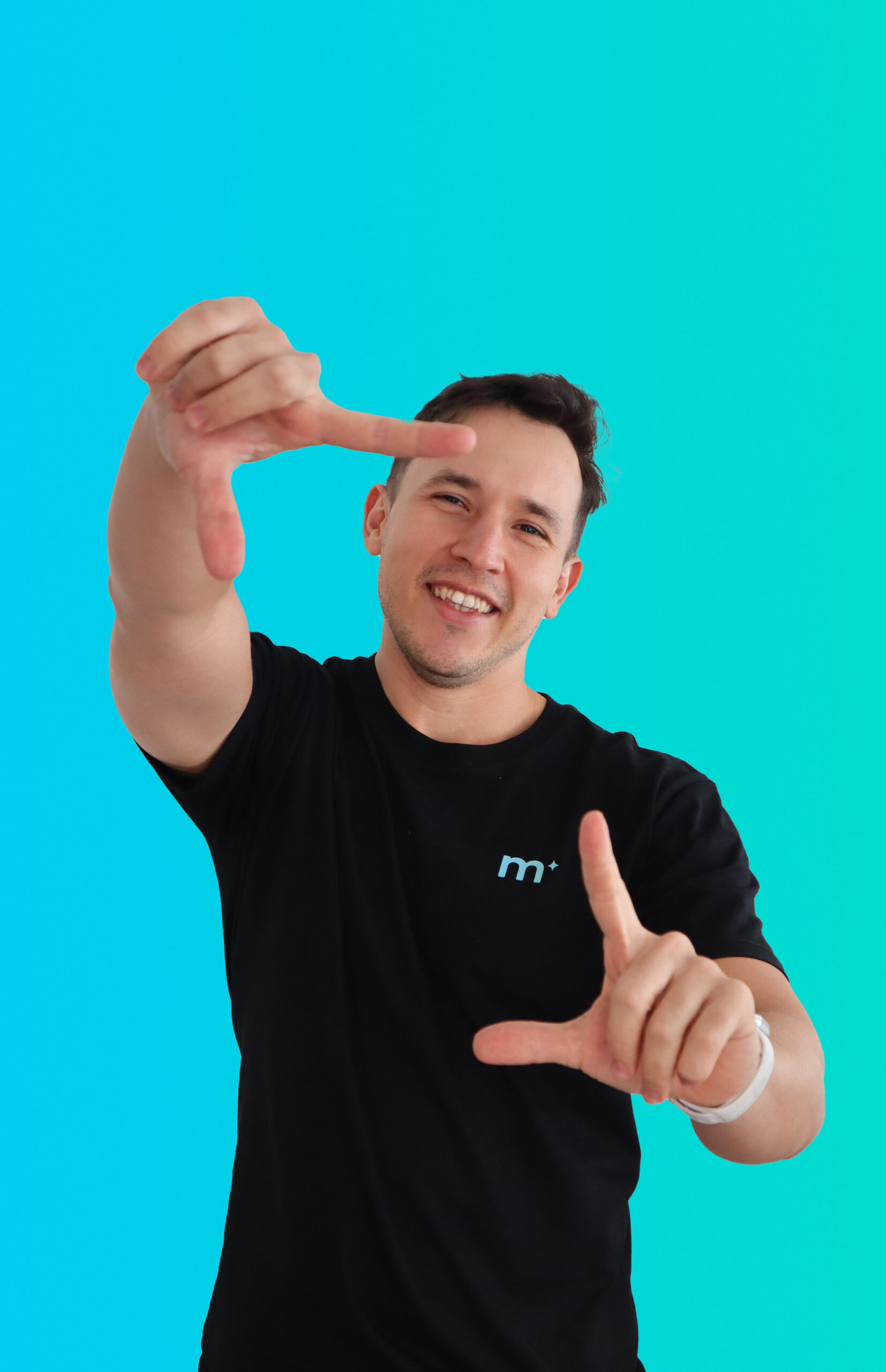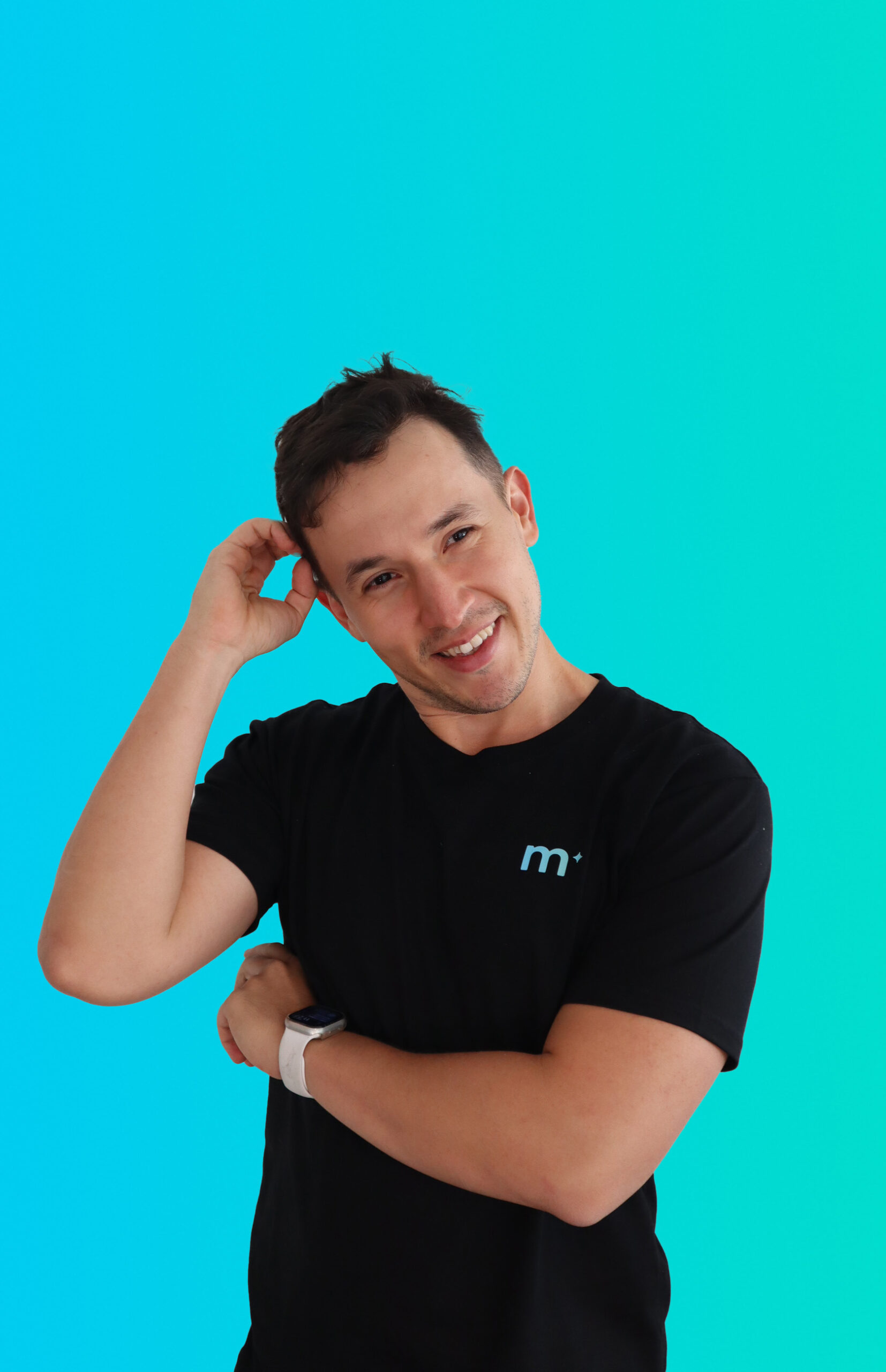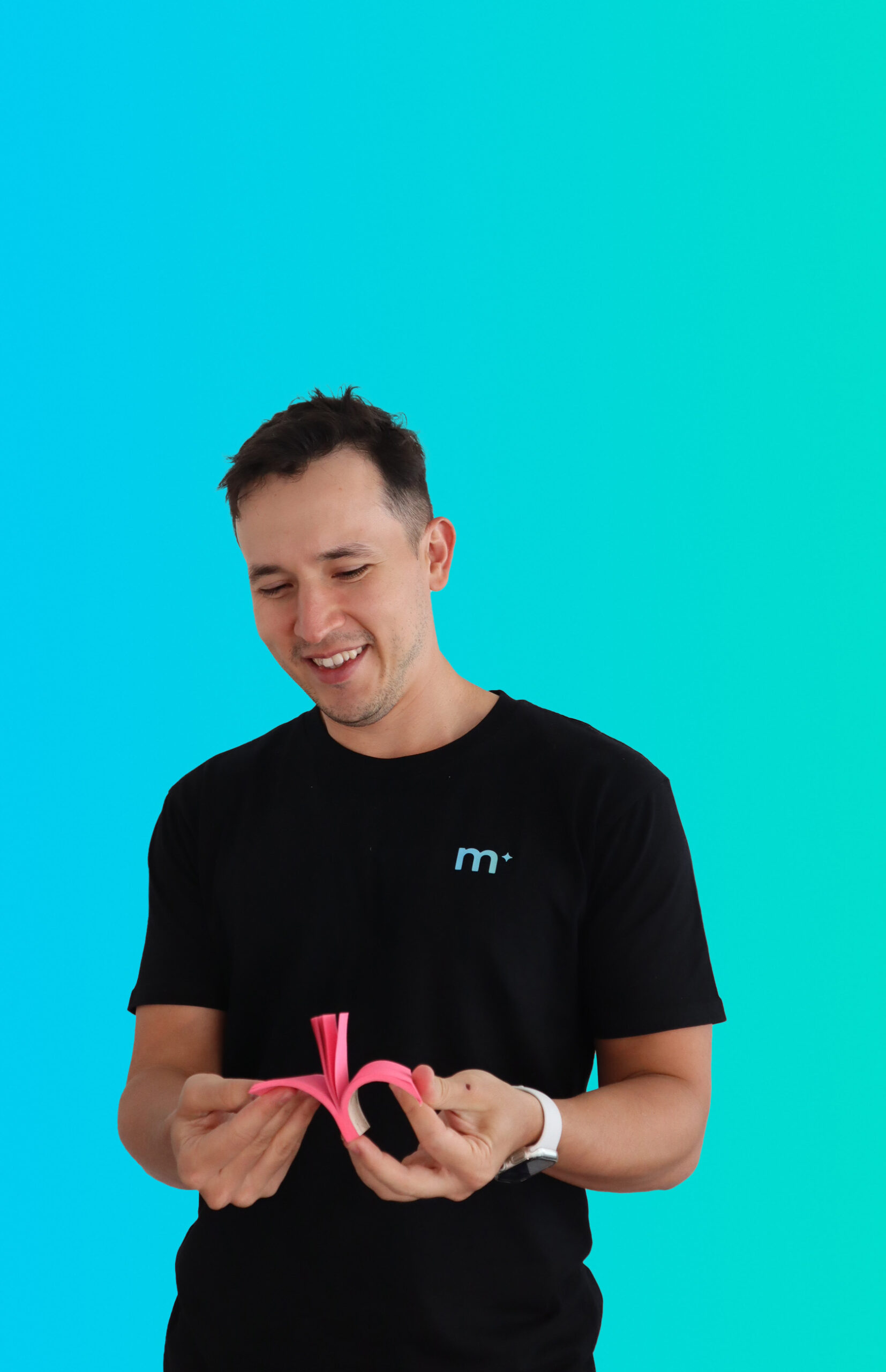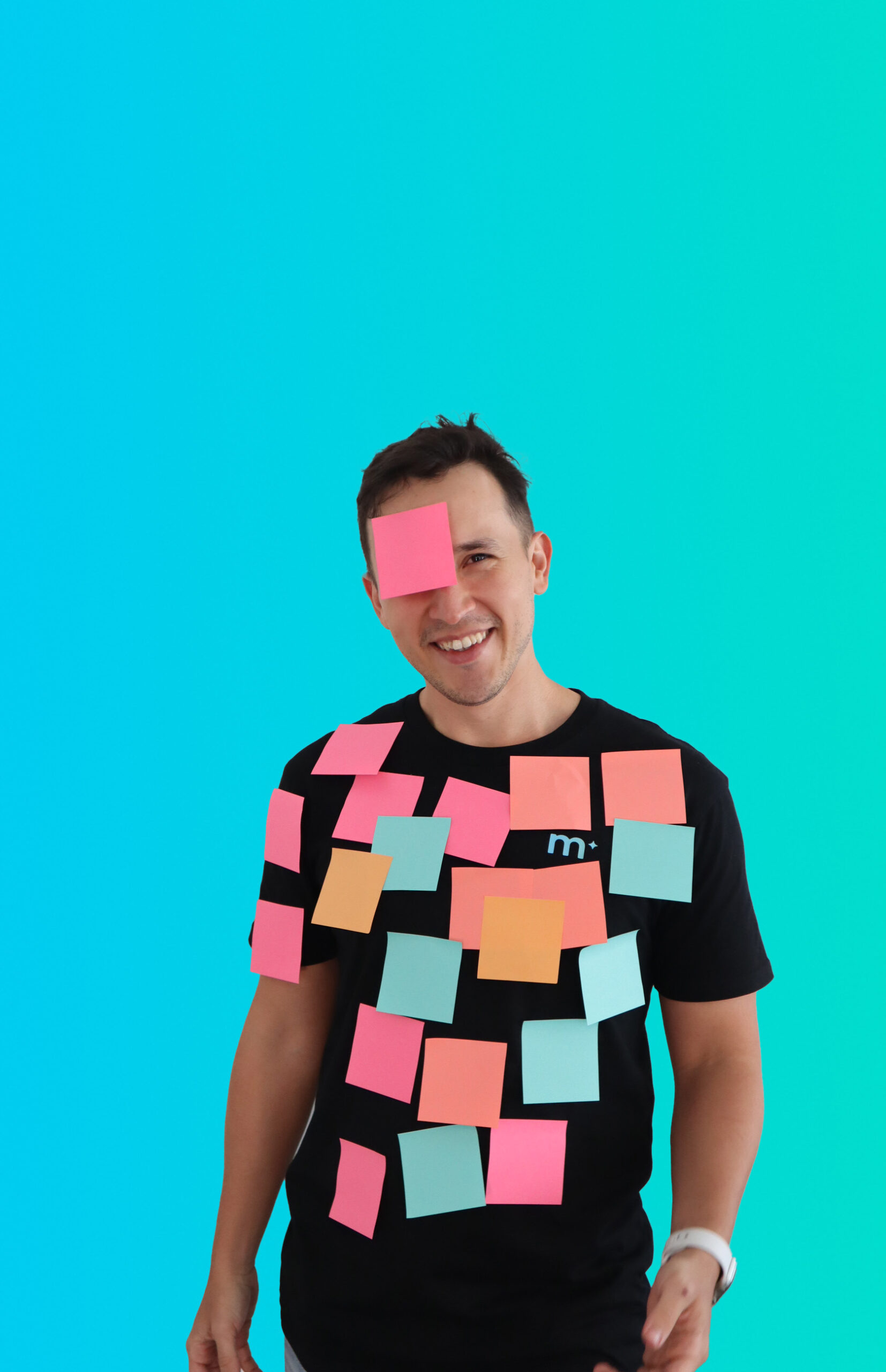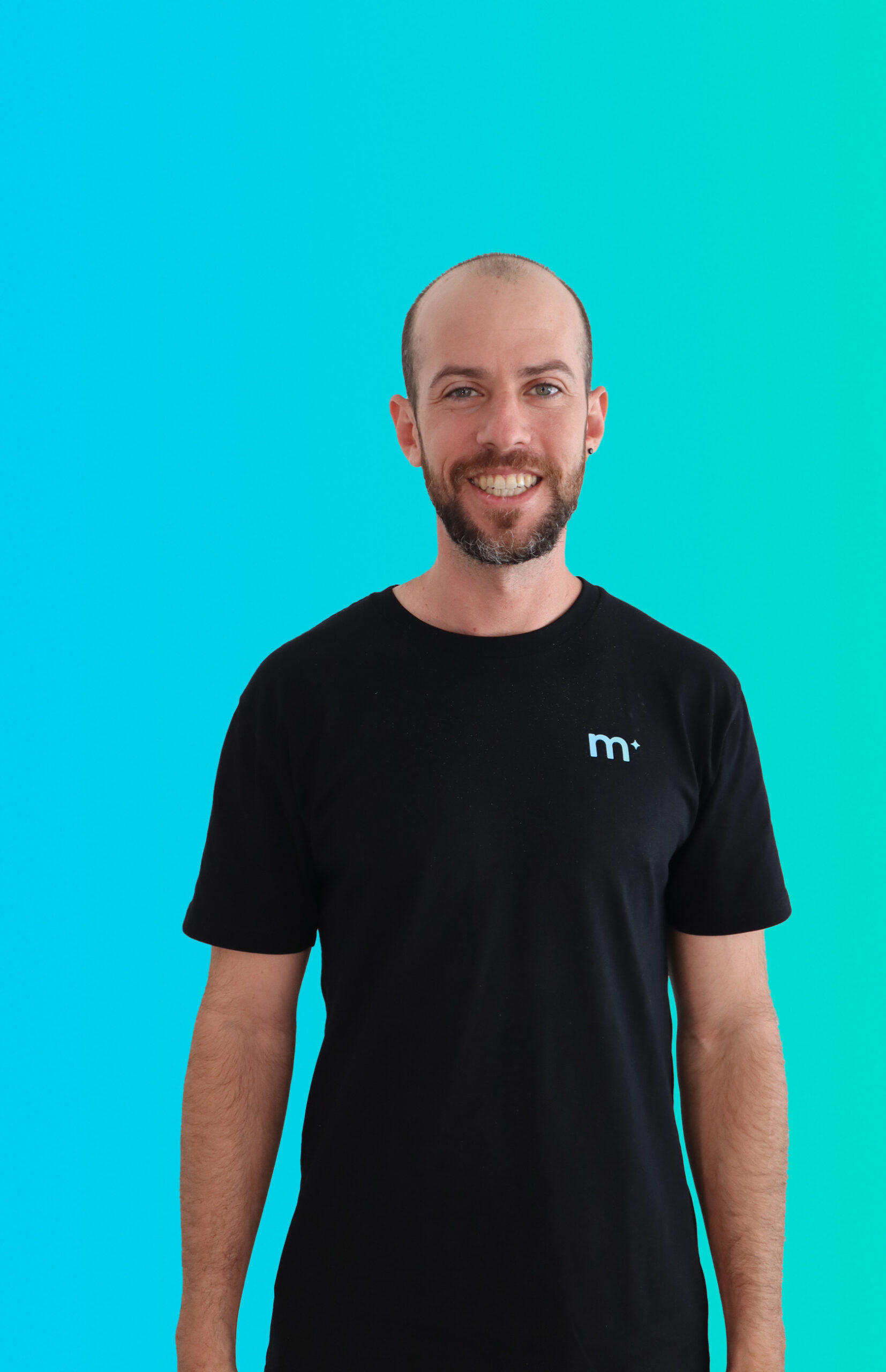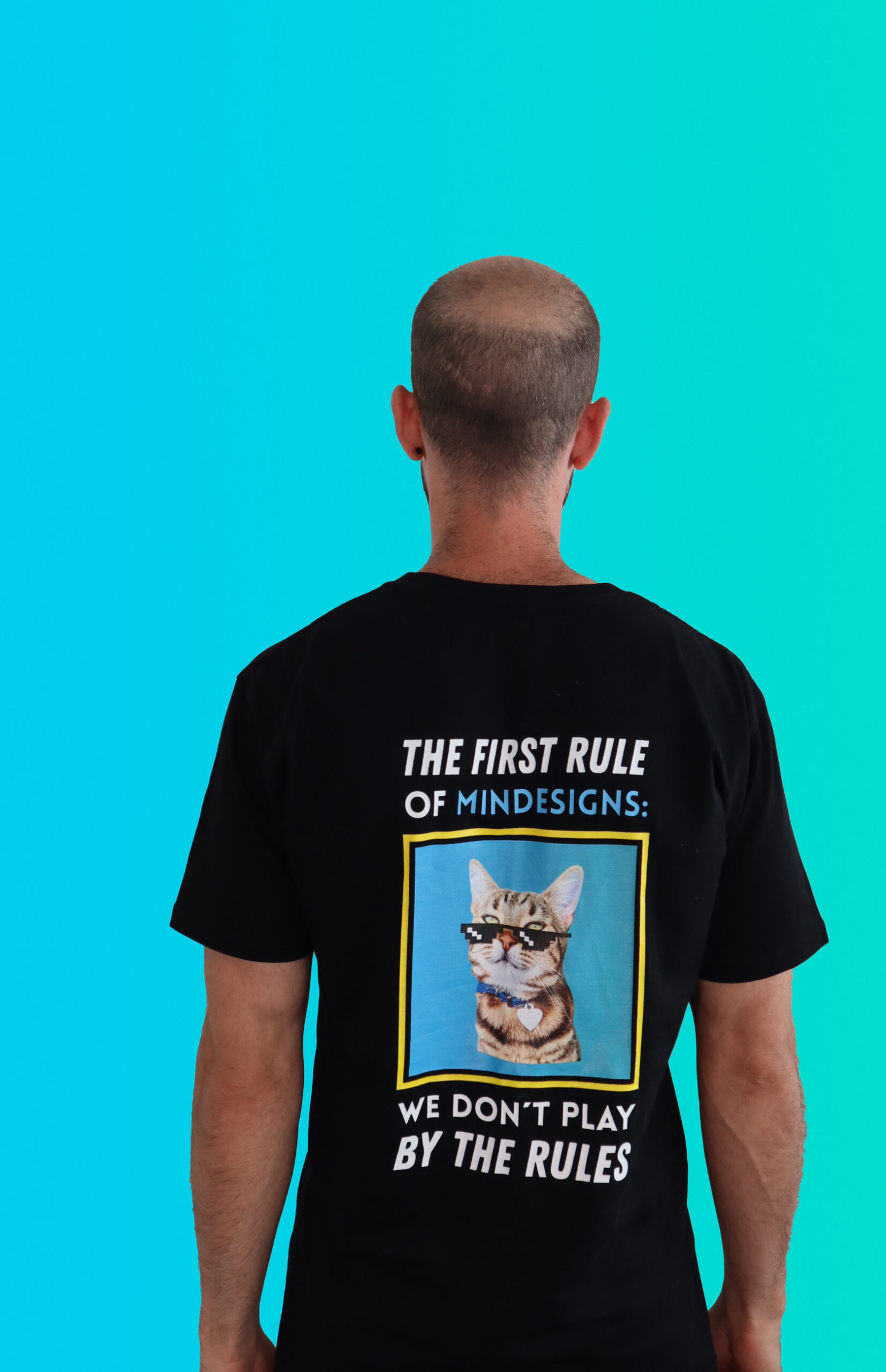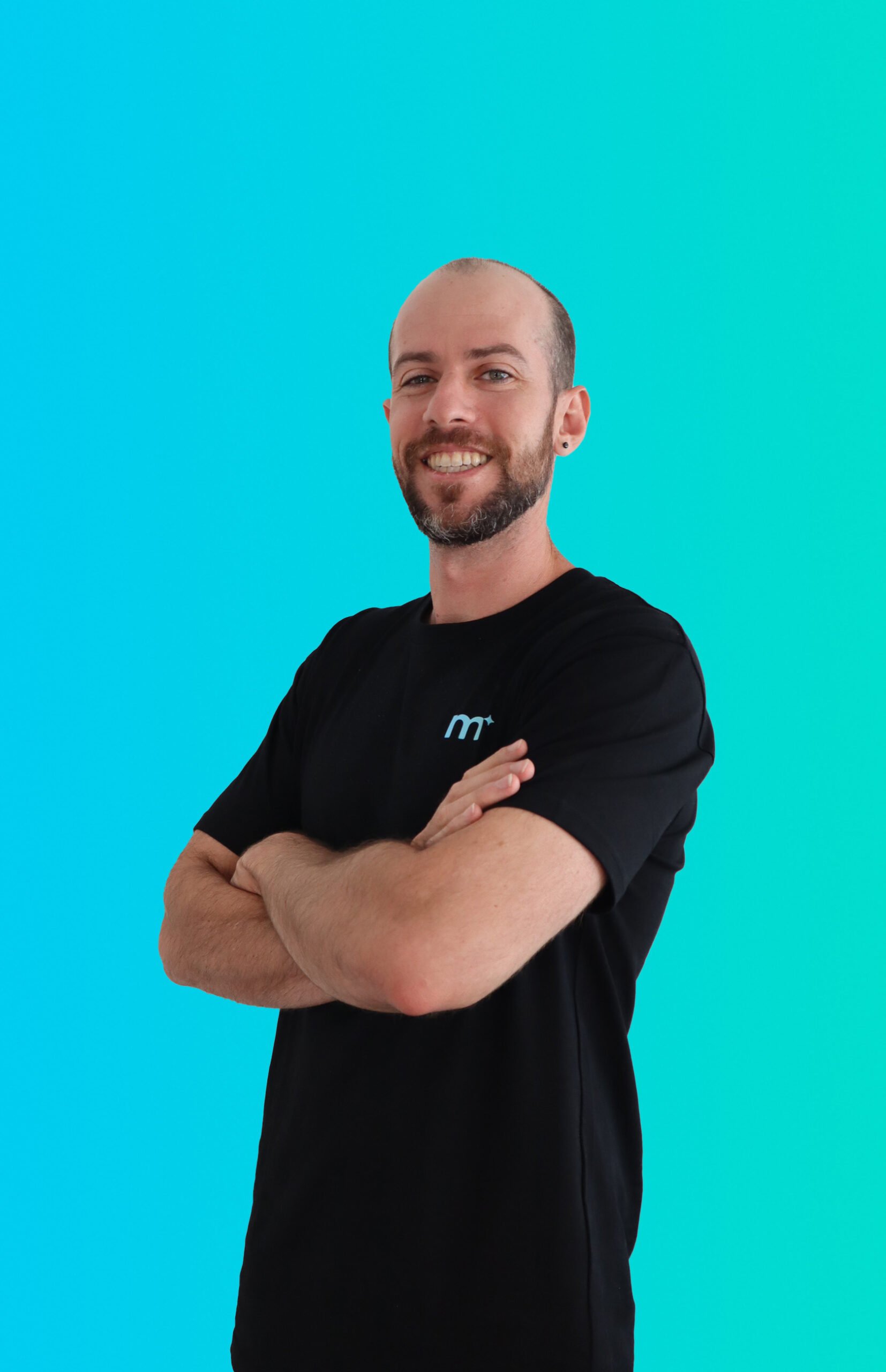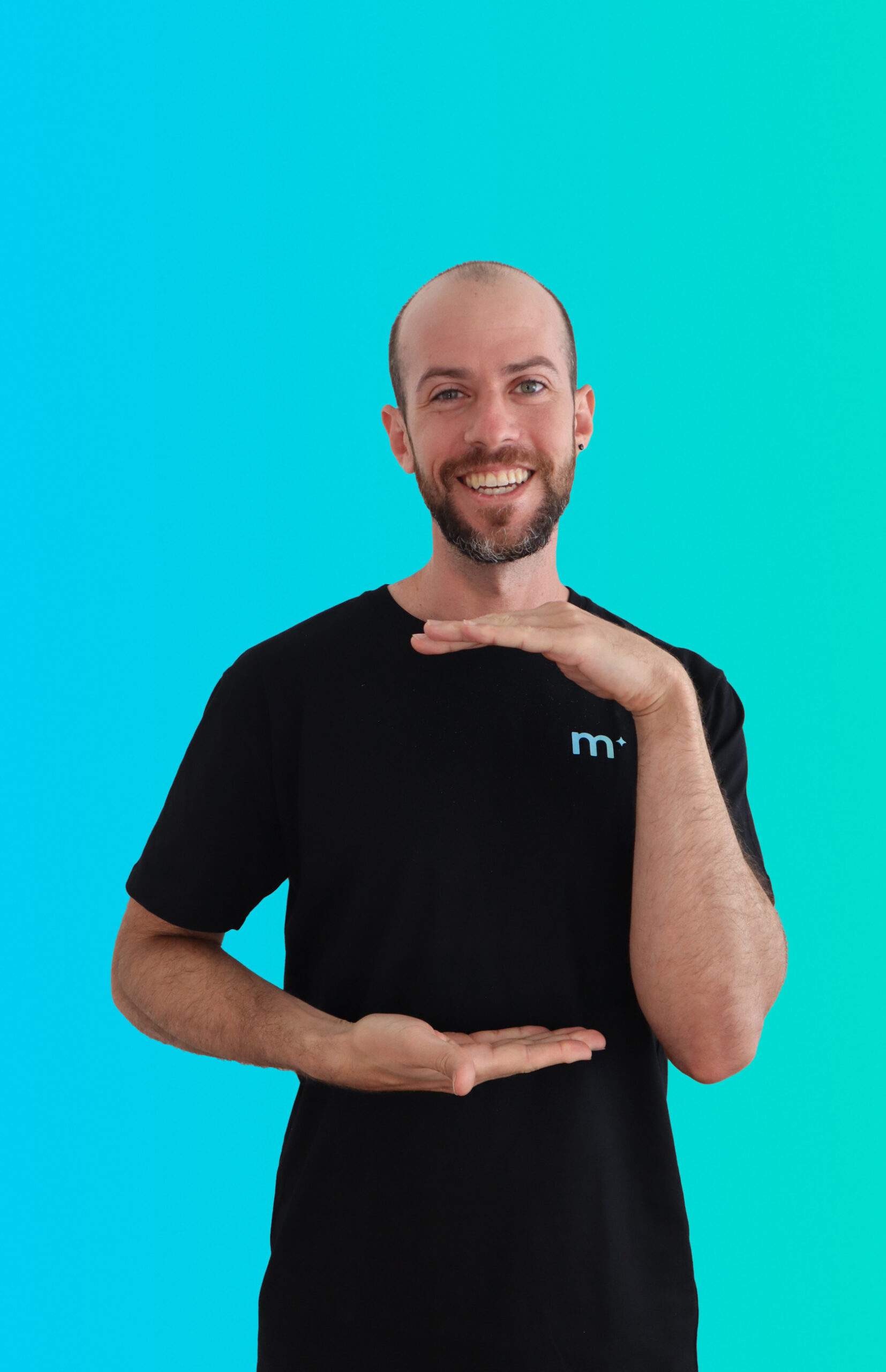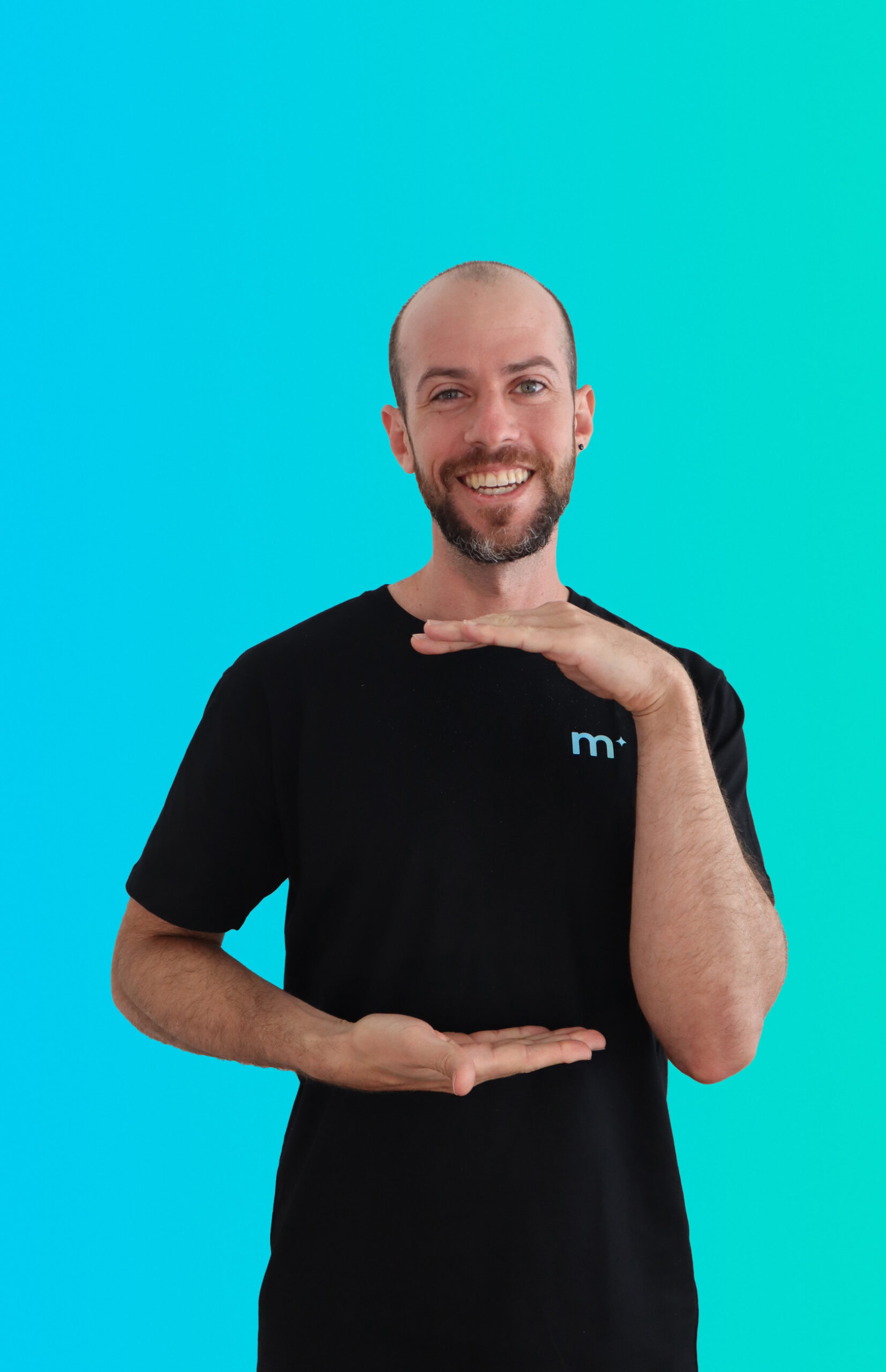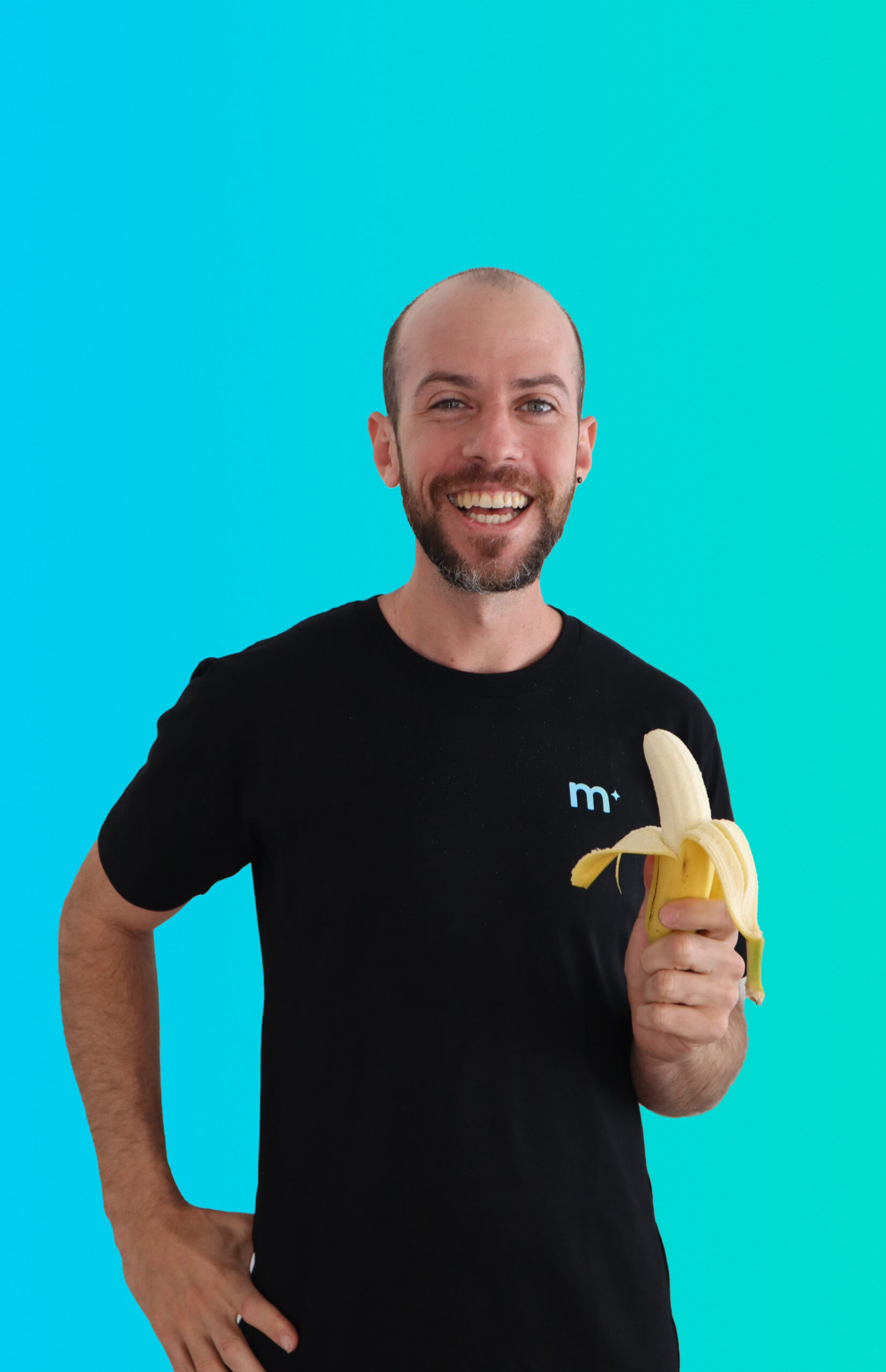This article covers all you need to know about product branding. We cover the process in 3 easy steps and by the end of this article you will be ready to brand your product.
First of all, there is no right or wrong, keep that in mind when developing your brand. Design and marketing is a process of testing and refining, with grit and persistence you will do just fine.
Super tip #1:
During the product branding process, always think about who your audience are, what they like to see and what they want to share.
Define your Target Audience
Think of your target audience, does your product or service solve a problem for them? to what emotions does your product speaks to? where your audience are likely to come across your service or product? why would they buy your product over your competitors? defining your target audience is crucial to your success. A product brand that is designed without knowledge of the target audience will not sale.
One example of the audience characteristics is the purchase expectations when they buy a product or service from you.
Such expectations include – High quality products, good customer service, trust worthy business, locally made, equal treatment, Quick turnaround, social status lift, environmentally friendly, easy communication and support.
For your target audience, which one of the above customer expectations would be more important and why? (Note: some of them may not be suitable or relevant for what you are offering)
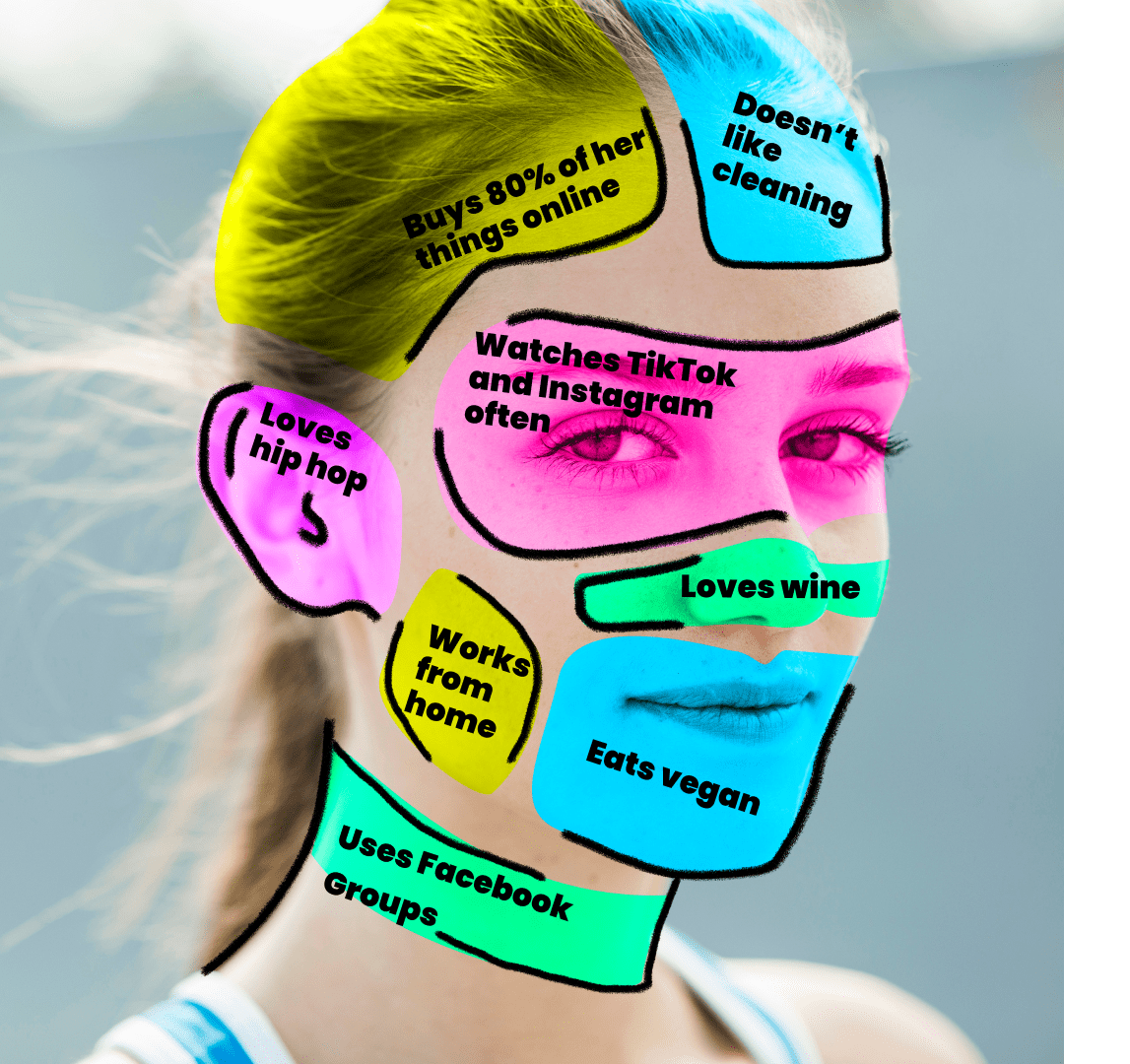
Your audience purchase expectations is only one of the characteristics you need to consider. The following table displays other characteristics that will help you define you target audience. There is an element of creativity, so don’t be scared to think of other characteristics that may be relevant for the product or service you offer. Once you better define your target audience using the table below you may move on to the next step – developing the product brand based on your target audience.
| Interests? | Who are their influencers? |
| Daily Activities? | Motivations? |
| Best form of communication? | Fears and problems? |
| Goals and desires? | Internal language? |
| Hopes and dreams? | Who is their community? |
Develop the product brand based on your target audience
The product brand must communicate a message that resonates with your target audience. For example, Rolex’s brand is designed for the high-end watch customers. The best watch brand with a respected history and influence. It communicates elegancy, prestige, wealth and quality which only a niche market desires. Not all people are looking to buy a Rolex and most people cannot afford one. The cheapest Rolex watch in 2020 was the Oyster Perpetual priced at $7,700 US.
It’s easier to create your product brand after you define your target audience because you already know what they are looking for. The identity, colours, fonts and logo of your brand should be designed with one big question in mind, what would your audience like, buy and why?
Since you already know a bit of information about your audience (if you went through the first step) the above question should be much easier to answer.
Your product brand design should communicate what it offers, is your product like Rolex? offering quality and social status. Or is your product more tailored for the average Joe? Ensure you communicate this in the overall identity that you design for your product.
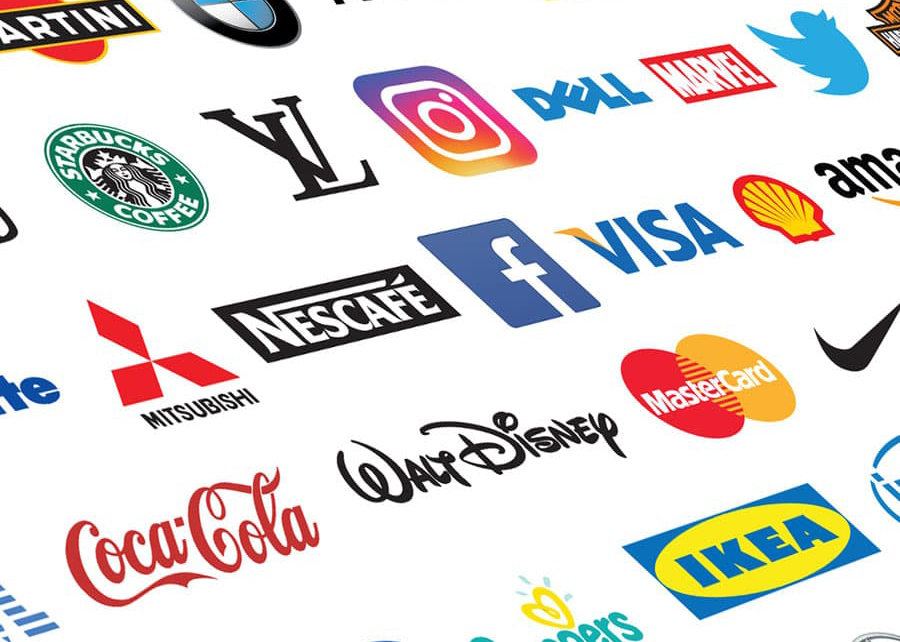
Design the product and marketing strategy
The design of a product brand should be aligned with the identity it represents. For example, “The Reject Shop” (cheap discount store chain with 365 stores in Australia) very much captures its identity in its name. A beautiful example of how a brand identity should be communicated to its audience, it’s simple, obvious and makes total sense. Although this example is a store brand and not a product brand, the concept is very much the same.
Before you design your product, a good exercise would be to research competition in the market. How is your competition designing their products? Ae they attracting your target market? What colours do they use? what their logo represents? what is the general feel of their brand? All these questions should be front of mind when undertaking market research. Its ok to pick things you like from your competitors and apply it in your brand, as long as you put your own twist, value and message into it. Just ensure your brand is authentic and unique and not a direct copy paste of another.
Once a product brand has been developed and designed, it’s time to think how you can launch it to the market place. Determine where your audience are hanging out so you can advertise your product in the most suitable location. For example, many people that go to gym hang out on Instagram. So, if your product is related to workout supplements or diet, Instagram might be a good place to start.
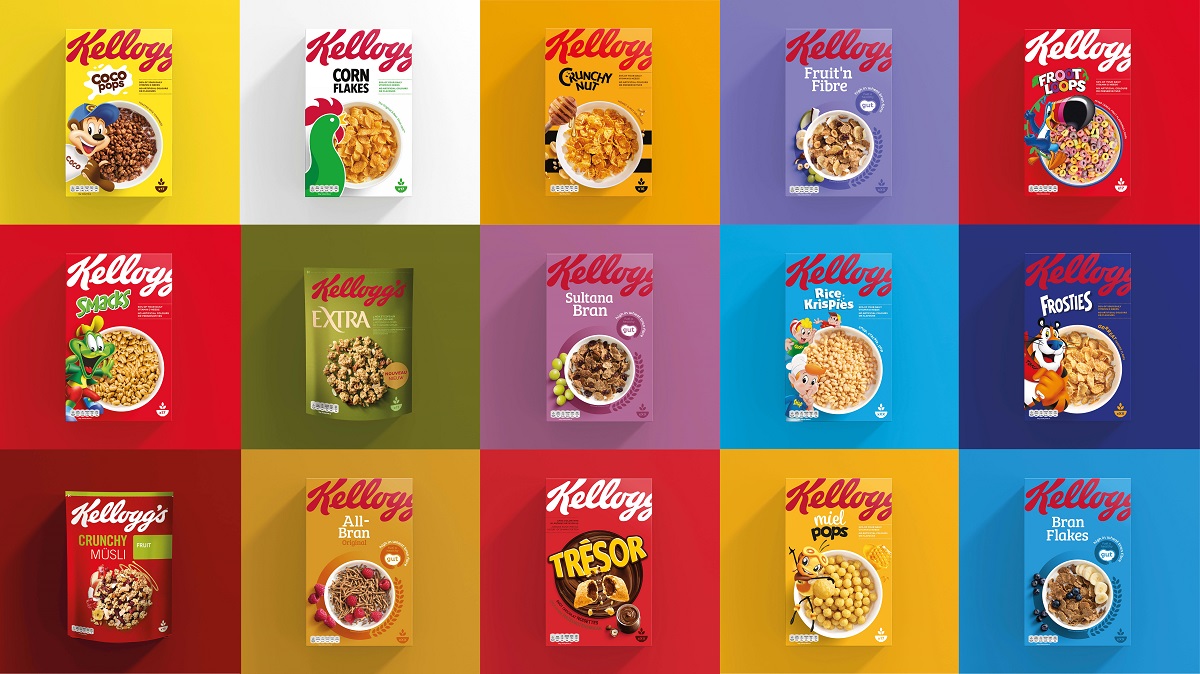
The most important thing about marketing your product is communicating what your product offers. Customers are always seeking the products that give them more value. This “value” comes in many forms and not all customers weigh value equally. Some prefer quality over price, service over convenience and some just look for the cheapest thing out there. Look back to your target audience and ensure you are marketing what your audience place value on.
When launching a marketing campaign, the key to success is to apply processes of trial, error and refinement. The vast majority of people launching ads these days are failing because they don’t take a minute to assess their ad results and improve their campaign. They spend hours and days crafting their ad message only to be disappointed due to a lack of interest, quickly giving up and moving on to the next campaign.
The secret lies in the grit and persistence, with enough iterations your ad will eventually be successful. If you want to learn more about marketing we suggest you check out our article about online marketing courses.











